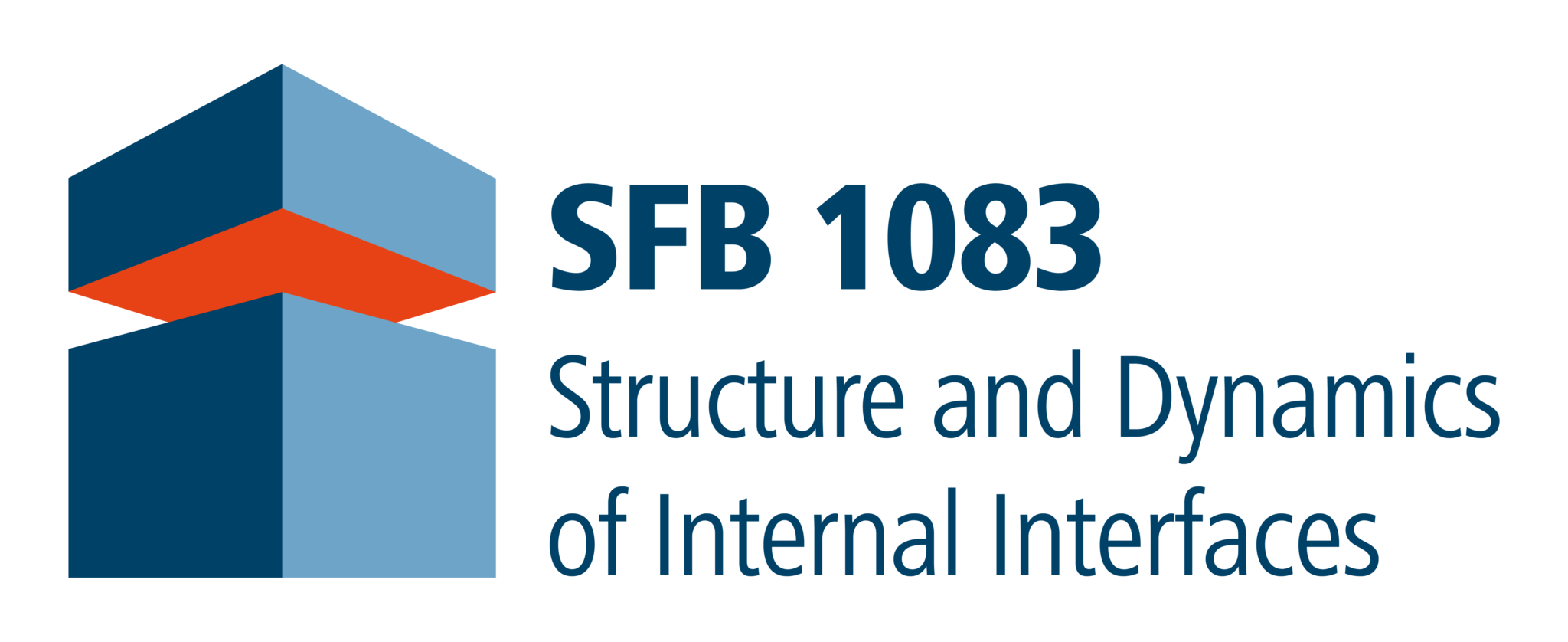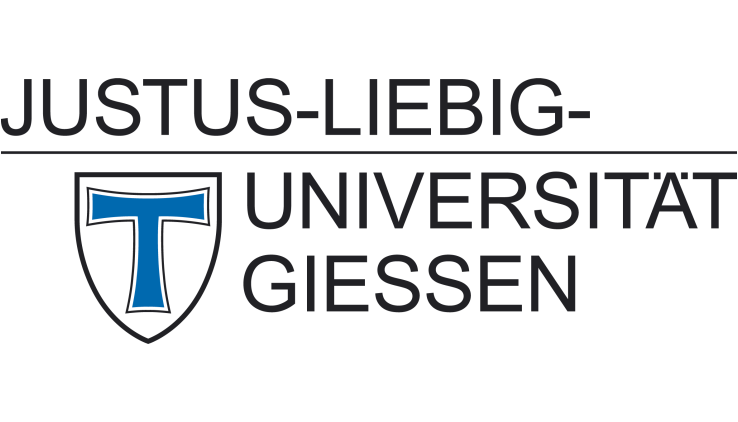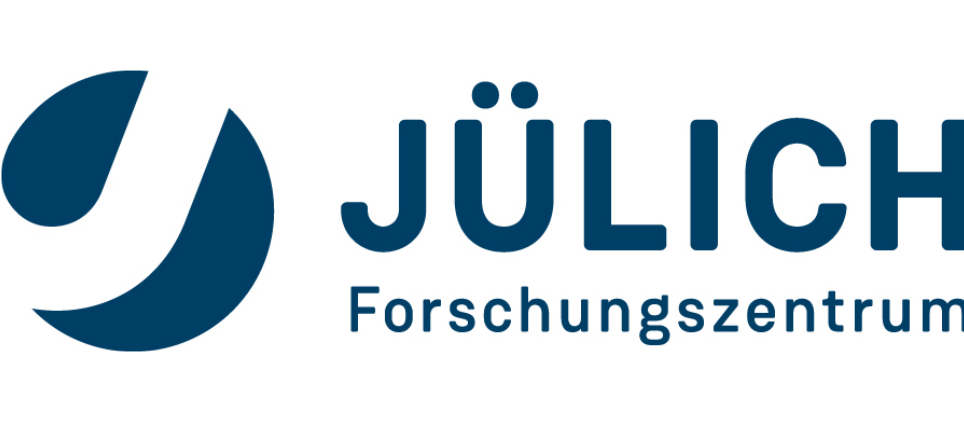[{(PhSn)3SnS6}{(MCp)3S4}] (M = W, Mo): minimal molecular models of the covalent attachment of metal chalcogenide clusters on doped transition metal dichalcogenide layers
E. Dornsiepen, F. Pieck, R. Tonner, S. Dehnen
Journal of the American Chemical Society 141 (2019) 16494
Transition metal dichalcogenides (TMDCs) with their 2D-structure promise huge potential in electronic applications which drives the search for novel TMDC-heterostructures. Synthesis of molecular model systems for the up to now unknown adsorption of organotin chalcogenide cluster molecules on TMDC surfaces is an important step. Computational studies reveal similar covalent bonding interactions for the model system as well as for the adsorption on a TMDC surface.
TMDC heterostructures with other 2D materials have already proven useful in tunneling transistors or solar cells. Hybrid systems with layers of adsorbed molecules show optoelectronic application potential, as they allow tailoring of electronic properties and high photoabsorption of molecular materials. Here, organic molecules like pentacene or coordination compounds like phthalocyanines interact with the TMDC surface by means of dispersion interactions. The interaction of larger organometallic systems with TMDCs, however, has not yet been studied, partially due to the fact that the chemisorption of molecules on TMDC surfaces is relatively weak, hence adsorbents tend to randomly move around.
With the aim to mimic the yet unknown covalent deposition of metal chalcogenide clusters on MoS2 or WS2 layers, and thereby explore the interaction between the two systems and potential consequences for the physical properties, the authors synthesized heterobimetallic model systems. [(SnCl3)(WCp)3S4], [{(PhSn)3SnS6}{(MoCp)3S4}], and [(PhSn)3SnS6{(WCp)3S4}] were obtained in ligand exchange reactions from [(PhSn)4S6] and [M(CO)3CpCl] (M = Mo, W). Indeed, the {M3S4} cages in the three compounds resemble a section of the respective TMDC monolayers, altogether representing minimal molecular model systems for the adsorption of organotin sulfide clusters on MoS2 or WS2. The interaction between the {(MCp)3S4} and {(PhSn)3SnS6} subunits is characterized by multicenter bonding, rendering the respective Sn atom as Sn(II), hence driving the clusters into a mixed-valence Sn(IV)/Sn(II) situation, and the M atoms as M(IV) upon an in situ redox process. The attachment is thus weaker than via regular covalent M−S bonds, but definitely stronger than via van der Waals interactions that have been characteristic for all known interactions of molecules on TMDC surfaces so far.

[(SnCl3)(WCp)3S4] (1), [{(PhSn)3SnS6}{(MoCp)3S4}] (2), and [(PhSn)3SnS6{(WCp)3S4}] (3) are minimal molecular models of the yet unknown covalent deposition of metal chalcogenide clusters on transition metal dichalcogenide (TMDC) layers, as shown by a combined experimental and theoretical work.






